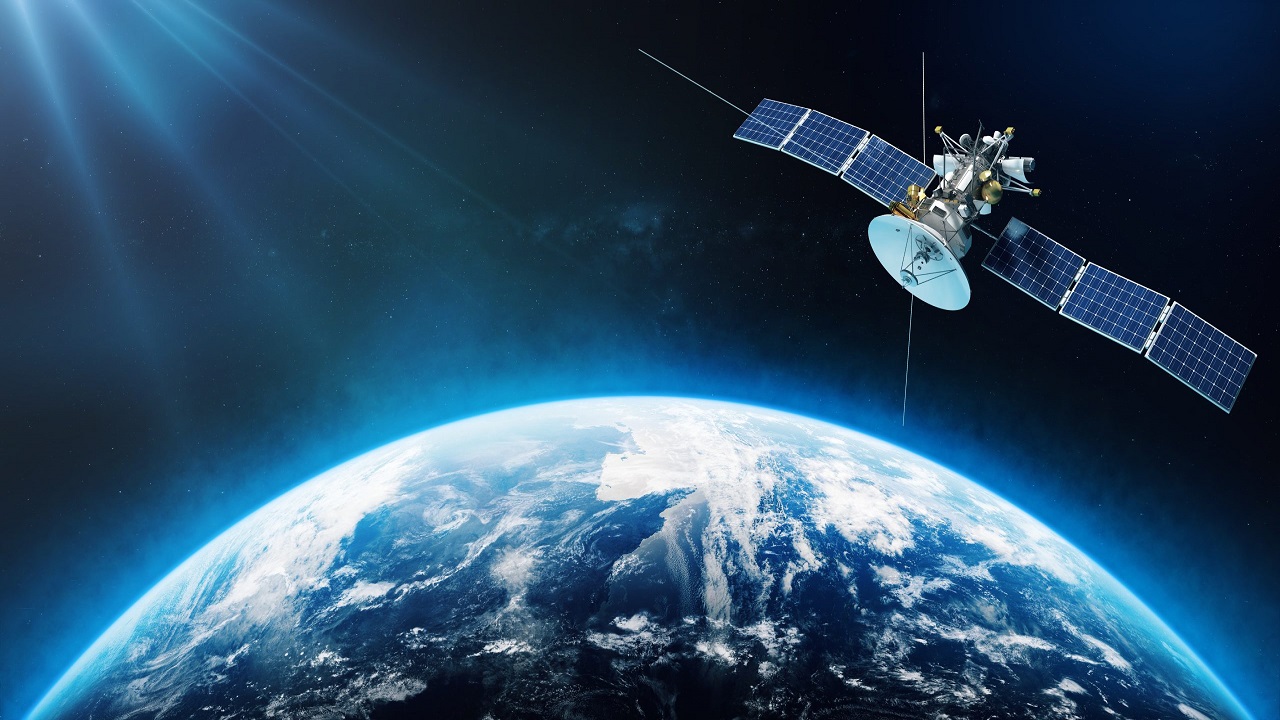Satellite Internet in India : Technology, Applications, and Strategic Significance
Context:
Starlink, the satellite internet service by Elon Musk, is preparing to enter India. This development could significantly enhance digital connectivity and strengthen strategic communication networks across the country, especially in regions with limited or no access to conventional internet infrastructure.
Introduction
Satellite internet is a wireless communication technology that delivers internet access via satellites in space instead of traditional cables or fiber-optic lines. It consists of satellites in orbit, ground stations, and user terminals. The technology enables internet access across remote, rural, and hard-to-reach locations where terrestrial networks are not viable.
Need for Satellite Internet
-
Bridging the Digital Divide – Extends internet connectivity to remote, rural, and island communities where building terrestrial networks is costly and slow.
-
Disaster Resilience – Quickly restores communication after natural disasters such as floods, cyclones, or earthquakes disrupt ground-based systems.
-
On-the-Move Connectivity – Provides stable internet access to moving ships, aircraft, and defence convoys across challenging terrains.
-
Strategic Security – Maintains secure links in high-altitude and sensitive areas like Siachen, enhancing military preparedness.
-
Economic Inclusion – Boosts e-governance, e-commerce, telemedicine, and financial services for underserved populations.
Key Features
-
Global Coverage – Operates effectively over oceans, deserts, mountains, and polar regions.
-
Dual-Use Technology – Supports both civilian and military applications.
-
Rapid Deployment – Can be activated within hours to address urgent connectivity needs.
-
High Resilience – Works independently of local cables and towers, avoiding risks of physical damage.
-
Mega-Constellations – Utilises thousands of satellites for low latency and redundancy in network performance.
How It Works
-
Space Segment – Satellites equipped with antennas, transponders, and onboard processors capture and relay signals between users and the internet backbone.
-
Ground Segment – User terminals, antennas, and ground stations connect directly to satellites. Terminals can be fixed or portable.
-
Data Flow – Requests from the user travel to satellites, which relay them to ground stations connected to the internet backbone, and return the response through the same route.
-
Seamless Handover – In Low Earth Orbit (LEO), satellites remain over a location for only a few minutes. As one satellite moves out of range, the system automatically transfers the connection to the next satellite, ensuring uninterrupted service.
Applications
-
Civilian – Extends broadband to rural areas, supports smart agriculture, and assists in environmental monitoring.
-
Disaster Management – Facilitates coordination in rescue and relief efforts during natural disasters.
-
Defence – Enables secure communications, drone control, and intelligence sharing.
-
Transport – Improves safety and navigation in aviation, shipping, and autonomous vehicles.
-
Healthcare – Supports telemedicine and remote diagnostics in isolated areas.
-
Space Economy – Enhances global trade, space tourism, and exploration initiatives.
Conclusion
Satellite internet represents not only a technological advancement but also a strategic asset for enhancing national security, economic growth, and digital equity. For India, it is essential to integrate satellite internet into national infrastructure planning while simultaneously developing indigenous capabilities to ensure self-reliance and security in this emerging sector.




Comments (0)